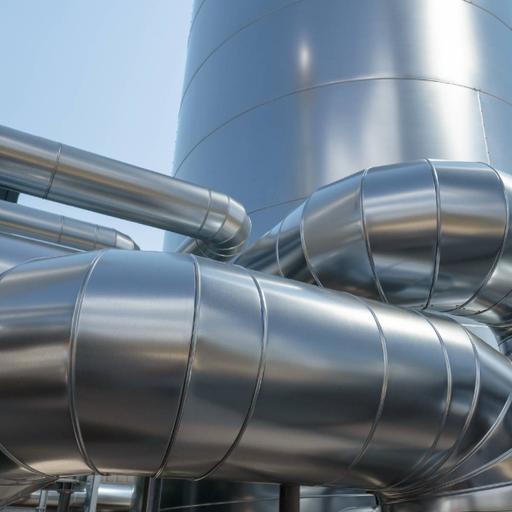Biogas Production
Presentations | English
Biogas is a mixture of gases, primarily consisting of methane and carbon dioxide, produced from raw materials such as agricultural waste, manure, municipal waste, plant material, sewage, green waste or food waste. It is a renewable energy source. Biogas is produced by anaerobic digestion with anaerobic organisms or methanogen inside an anaerobic digester, biodigester or a bioreactor. Biogas is primarily methane and carbon dioxide and may have small amounts of hydrogen sulfide, moisture and siloxanes. The gases methane, hydrogen, and carbon monoxide can be combusted or oxidized with oxygen. This energy release allows biogas to be used as a fuel; it can be used in fuel cells and for any heating purpose, such as cooking. It can also be used in a gas engine to convert the energy in the gas into electricity and heat. Biogas can be compressed after removal of Carbon dioxide, the same way as natural gas is compressed to CNG, and used to power motor vehicles. In the United Kingdom, for example, biogas is estimated to have the potential to replace around 17% of vehicle fuel. It qualifies for renewable.

6.00
Lumens
PPTX (24 Slides)
Biogas Production
Presentations | English
